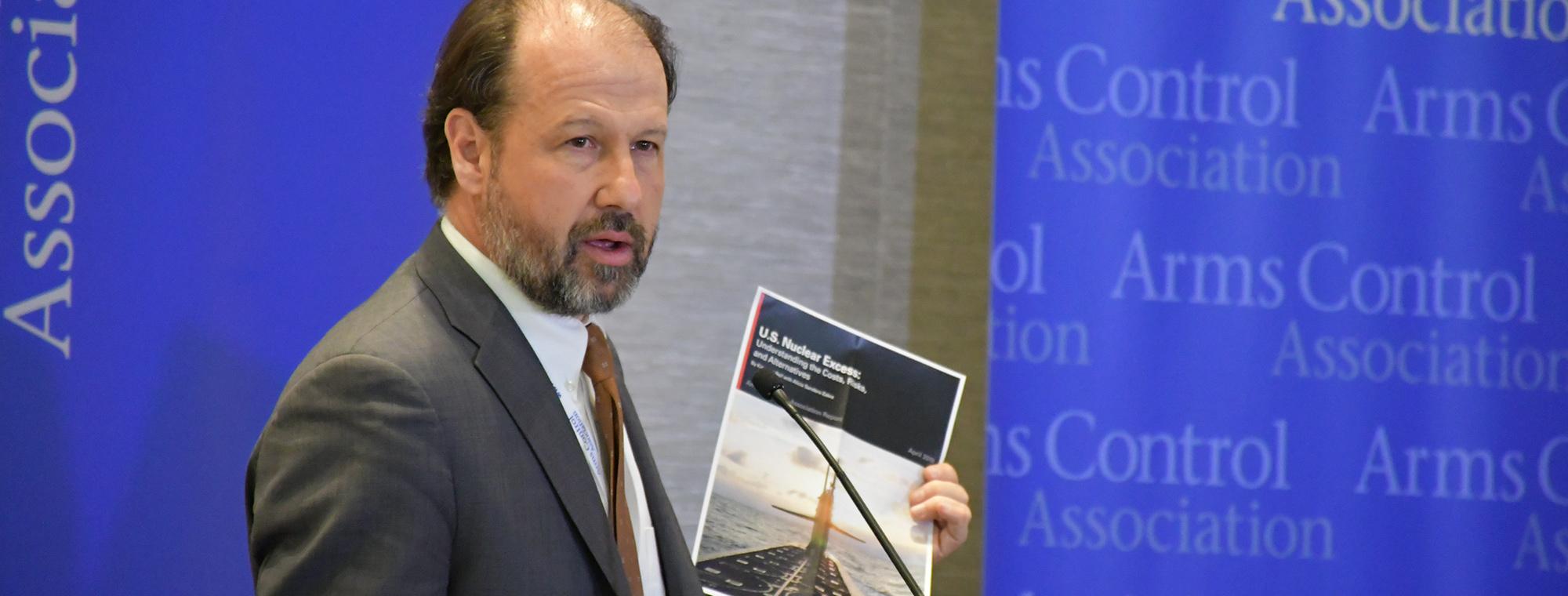
Vote For the 2022
Arms Control Person(s) of the Year
The Arms Control Association
(December 8, 2022) — Since 2007, the independent, nongovernmental Arms Control Association has nominated individuals and institutions that have, in the previous 12 months, advanced effective arms control, nonproliferation, and disarmament solutions and raised awareness of the threats and the human impacts posed by mass casualty weapons.
In a field that is often focused on grave threats and negative developments, our Arms Control Person(s) of the Year contest aims to highlight several positive initiatives — some at the grassroots level, some on the international scale — designed to advance disarmament, nuclear security, and international peace, security, and justice.
These nominees and their outstanding efforts during the past year illustrate how many different people can, in a variety of creative and sometimes courageous ways, contribute to a safer world for the generations of today and tomorrow.
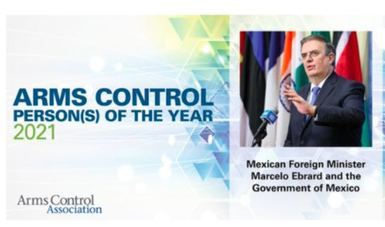
This year’s nominees are listed below and the ballot is available at ArmsControl.org/ACPOY
Voting will take place between Dec. 8, 2022, and Jan. 12, 2023. The results will be announced on Jan. 13, 2023. Follow the discussion on social media using the hashtag #ACPOY2022.
A full list of previous winners is available at ArmsControl.org/ACPOY/previous.
The 2022 Nominees Are:

- The brave deminers involved in the 100 Women in Demining in Angola project, which is supported by the HALO Trust. The project trains and supports local women to help clear the 1,100 active minefields across the country left behind from the 1975-2002 civil war. By clearing these landmines, which continue to claim lives, limit agriculture and stifle development, the women are helping improve the safety and security of their country and are contributing to the implementation of the 1997 Mine Ban Treaty.

- Amb. Gustavo Zlauvinen, President of the August 2022 Review Conference for the Treaty on the Nonproliferation of Nuclear Weapons (NPT), for steadfast diplomatic leadership over the course of more than two and a half years to seek to bring together NPT states parties in support of the treaty and action steps to advance its core goals and objectives. See: “Russia Blocks NPT Conference Consensus Over Ukraine,” in Arms Control Today.
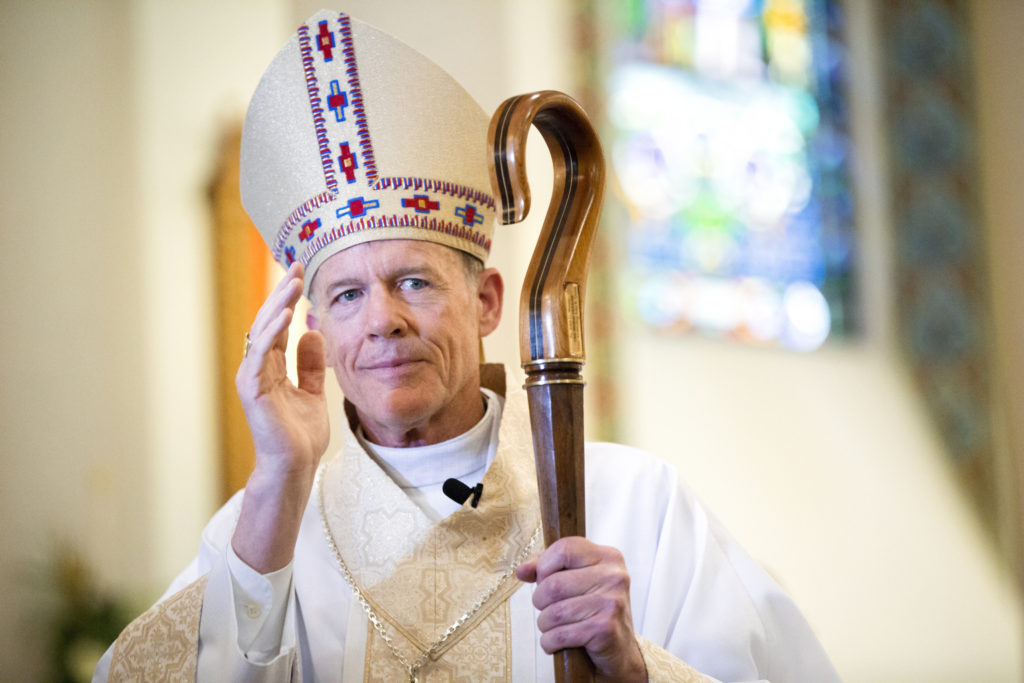
- Archbishop John Wester of Santa Fe for preaching the nuclear disarmament gospel in a religious context, including through his 52- page pastoral letter “Living in the Light of Christ’s Peace – A Conversation Toward Nuclear Disarmament,” published on Jan. 11, 2022. Wester’s letter affirms that US citizens, recognizing the United States as the nation that created and has used nuclear weapons, “must be the people to dismantle them and make sure they are never used again,” by taking “concrete steps toward abolishing nuclear weapons and ending the nuclear threat.” Wester’s letter notes the Catholic Church has a long history of speaking out against the threats posed by nuclear weapons and has expressed its support for the Treaty on the Prohibition of Nuclear Weapons (TPNW). Also see: See: “Making the Case That Nuclear Weapons Are Immoral: An Interview With Archbishop John C. Wester,” in Arms Control Today.

- The International Atomic Energy Agency’s Director-General Rafael Mariano Grossi and UN Secretary-General António Guterres for pressing the governments of Russia and Ukraine to agree to the creation of a “safety and security protection zone” around Ukraine’s Zaporizhzhia Nuclear Power Plant (ZNPP). They have proposed that all Russian and Ukrainian military operations around the plant be suspended and the two sides agree on a demilitarized zone around the ZNPP from which Russian forces would withdraw military personnel and equipment and into which Ukrainian forces would agree not to move.

- The Energoatom staff working at Ukraine’s Zaporizhzhia Nuclear Power Plant (ZNPP) for their heroic efforts to maintain nuclear safety and security at the plant under conditions of immense hardship resulting from the illegal Russian military occupation of the facility, which is Europe’s largest nuclear power plant, and amid continued shelling of the ZNPP facility. See “Attacks on Ukrainian Nuclear Plant Intensify,” in Arms Control Today.
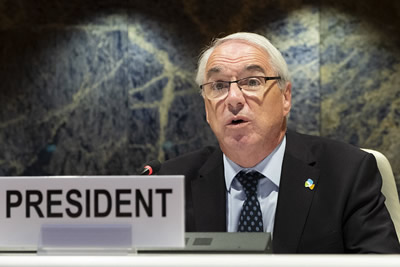
- Amb. Michael Gaffey, head of Ireland’s development agency and Permanent Representative to the UN and International Organizations in Geneva, for successfully chairing negotiations that led to a new international political declaration on the use of explosive weapons in populated areas that was agreed to in June and opened for endorsement at a conference in Dublin Nov. 18. The declaration has been endorsed by more than 82 states, recognizes the devastating harm to civilians from bombing and shelling in towns and cities and commits signatory states to impose limits on the use of these weapons and take action to address harm to civilians.

- US Representative Katie Porter (D-Calif.) for spearheading H.J. Res. 73, which would formally recognize that the United States’ atmospheric nuclear testing program from 1946-58 and radioactive waste disposal in the Marshall Islands caused irreparable material and intangible harm to the Marshallese people, and calls for an apology on behalf of the United States. Representative Porter also held an oversight hearing on nuclear legacy issues in the Marshall Islands. The effort comes as officials from the United States and the Republic of the Marshall Islands grapple with how to deal with that dangerous nuclear legacy in their negotiations on a new Compact of Free Association between the two governments.
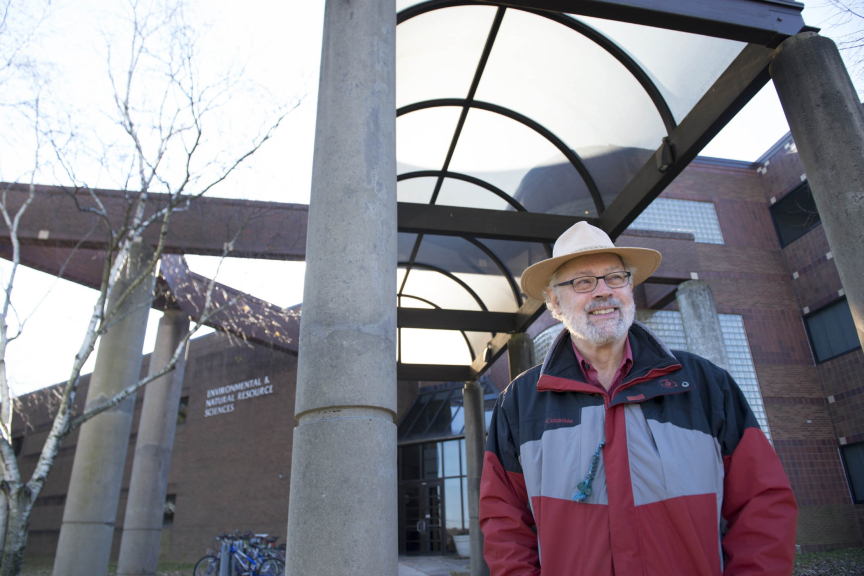
- Professors Lili Xia and Alan Robock, co-directors of the Impact Studies of Climate Intervention Lab at Rutgers University, and their co-authors for new research that advances scientific understanding of the climatic effects of nuclear war. Their new study, published in Nature Food magazine in August, calculates how much sun-blocking soot would enter the atmosphere from firestorms that would be ignited by the detonation of nuclear weapons. Robock, Xia, and their colleagues calculated soot dispersal from six war scenarios — five smaller India-Pakistan wars and a large US-Russia war — based on the size of each country’s nuclear arsenal.
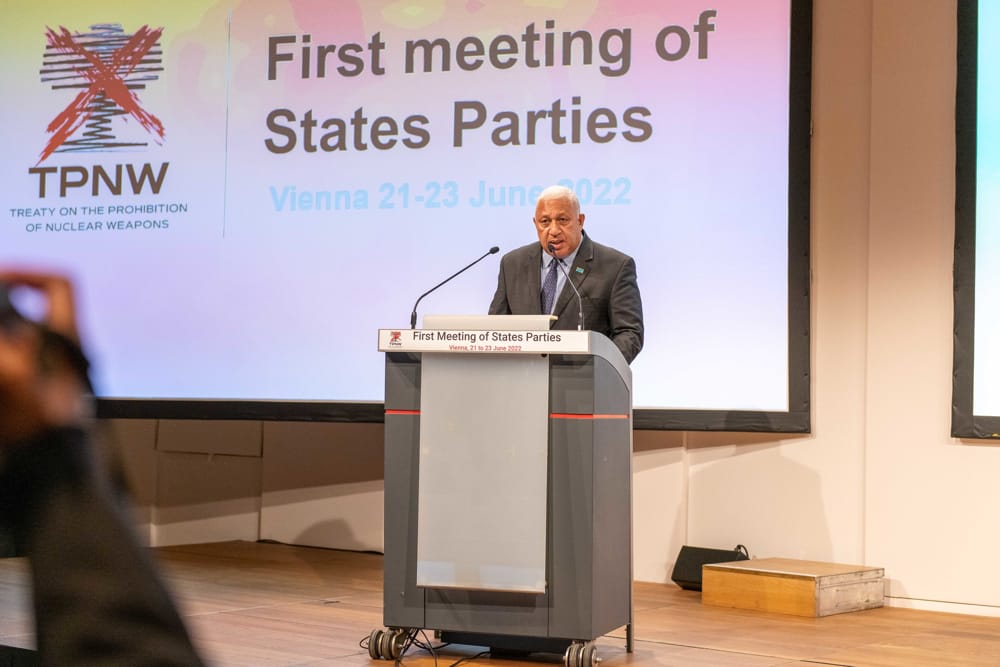
- The delegates of the 83 participating and observer states at the First Meeting of States Parties on the Treaty on the Prohibition of Nuclear Weapons (TPNW) held in Vienna in June 2022 for their political declaration, which stresses “that any use or threat of use of nuclear weapons is a violation of international law, including the Charter of the United Nations” and condemns “unequivocally any and all nuclear threats, whether they be explicit or implicit and irrespective of the circumstances. The Vienna declaration was followed by a joint statement from the G-20 summit in Indonesia that declares “the use, or threat of the use, of nuclear weapons is inadmissible.” See: “States-Parties Meet on Nuclear Arms Ban Treaty,” in Arms Control Today.
- Vice President Kamala Harris, chair of the US National Space Council, who announced in April the new US pledge to refrain from the use of ground-based direct ascent anti-satellite weapons (ASATs) that use kinetic energy to destroy objects orbiting the earth. The proposal was launched prior to the first meeting of the UN Open Ended Working Group on Reducing Space Threats (OEWG). Nine other countries have made a similar pledge so far. In September, the United States also introduced a resolution at the UN First Committee calling upon states to forgo testing of destructive, debris-creating anti-satellite missiles. In October, the resolution was overwhelmingly approved with 154 in favor, 8 against, and 10 abstentions.